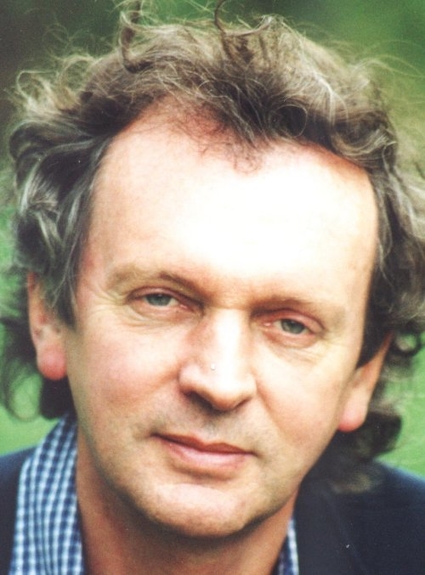Alfred Rupert Sheldrake is an English author, public speaker, and researcher in the field of parapsychology, known for his "morphic resonance" concept. He worked as a biochemist and cell biologist at Cambridge University from 1967 to 1973 and as principal plant physiologist at the International Crops Research Institute for the Semi-Arid Tropics until 1978.
Conceived during Sheldrake's time at Cambridge, morphic resonance posits that "memory is inherent in nature"and "natural systems, such as termite colonies, or pigeons, or orchid plants, or insulin molecules, inherit a collective memory from all previous things of their kind". Sheldrake proposes that it is also responsible for "telepathy-type interconnections between organisms". His advocacy of the idea encompasses paranormal subjects such as precognition, telepathy and the psychic staring effect as well as unconventional explanations of standard subjects in biology such as development, inheritance, and memory.
Morphic resonance is not accepted by the scientific community as a real phenomenon and Sheldrake's proposals relating to it have been characterized as pseudoscience. Critics cite a lack of evidence for morphic resonance and an inconsistency of the idea with data from genetics and embryology, and also express concern that popular attention from Sheldrake's books and public appearances undermines the public's understanding of science.
Despite the negative reception Sheldrake's ideas have received from the scientific community, they have found support in the New Age movement, such as from Deepak Chopra. Sheldrake argues that science should incorporate alternative medicine, psychic phenomena, and a greater focus on holistic thinking.
